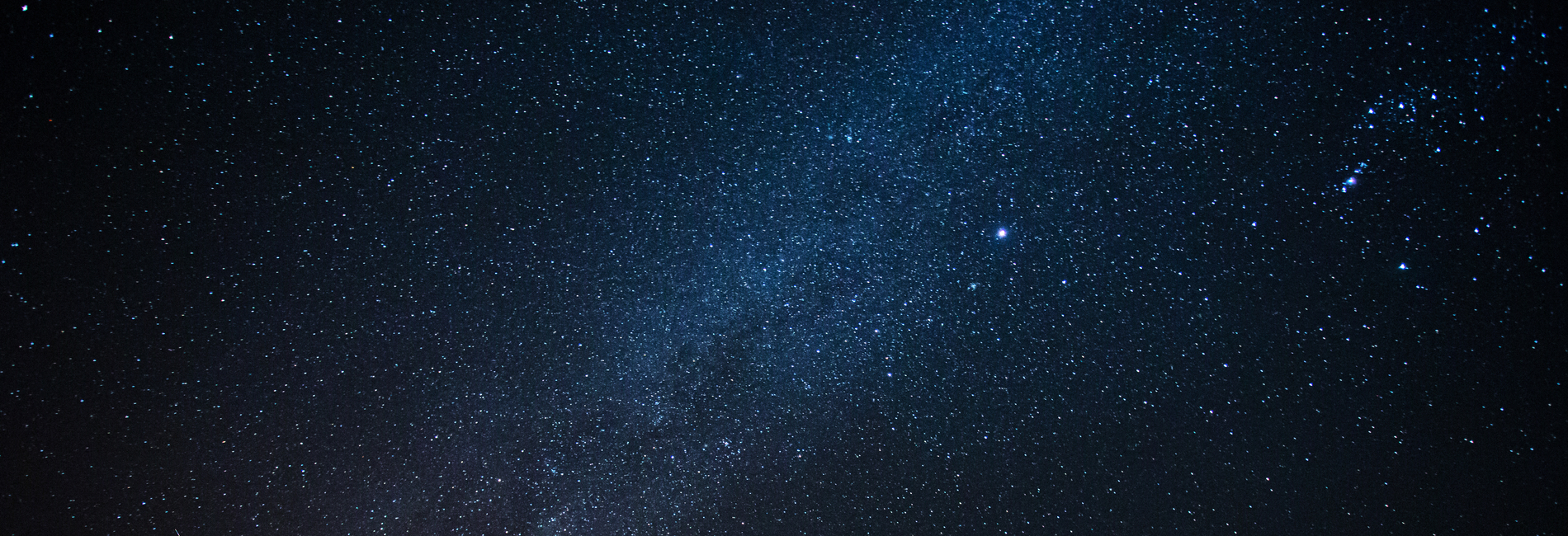‘There’s so much science and observations and analysis embedded within our stories, within our cultures. Everything is connected and this is something that all Indigenous peoples know, live and see every day. What happens down here to us is so connected to what’s happening up there and vice versa.’ — Karlie Alinta Noon, Gamilaraay
One person who is continuing the long tradition of ‘looking up’ is Karlie Alinta Noon. Karlie is a Gamilaraay astronomer, astrophysicist and science communicator and is passionate about the cosmos and the astronomical knowledge within Aboriginal cultures.
We sat down with Karlie to talk about the stars and the science of Aboriginal knowledge at the Australian National University Research School of Astronomy and Astrophysics at Mount Stromlo Observatory in Canberra.
Karlie Alinta Noon is a Gamilaraay astronomer, astrophysicist and science communicator and is passionate about the cosmos and the astronomical knowledge within Aboriginal cultures.
-
Transcript
My name is Karlie Alinta Noon. I am a Gamilaraay yinnar, a woman.
I come from a place called Tamworth in North West New South Wales, where I was born and raised and I’m an astronomer, astrophysicist, science communicator, which involves lots of different things.
Specifically, looking at astronomy, what’s up in the sky, but also, the astronomical knowledge within our Indigenous cultures.
I’ve just started a PhD at Australian National University. I’m going to be looking at the centre of the galaxy, The Milky Way Galaxy.
The Milky Way Galaxy is something that I’ve studied previously and is something I’m really interested in.
I was always really, really in love with maths. I think I got that love from an Aunty of mine, who would come and help me.
She would teach me maths when I was quite young and just from having her sit with me and spend time with me, I learnt that maths can be really fun.
She also taught me that I could teach myself and my schooling didn’t go very well.
It wasn’t the most straight forward path for me, so learning that I can be an independent learner and I can teach myself whatever I want to learn about was probably the most important skill that I’ve been taught.
Historically, we all know, academia in general, hasn’t always been particularly open to Indigenous people.
Today we know that science and STEM spaces haven’t always been accessible to women, as well.
There’s this overlap of I guess barriers, systemic barriers that, you know we have to face, when we’re trying to get into this field.
I think another barrier that I’ve also faced is, just coming from a poor family. We grew up really poor. We grew up 100% on Centrelink. You know, single mum with severe disabilities, couldn’t work.
The same situation for my sister, crippling disabilities where work just wasn’t really an option.
Overcoming the cycles that poverty lands you in but then overcoming the low expectations that you get from the outside world as well because you know, you’re poor, you’re Aboriginal, you’re a female.
One of the first experiences I had with Aboriginal astronomy, was, I was really lucky. I was maybe about 19 and I was sitting by a campfire with a bunch of other mob from all over and we were listening to an elder talk about..
Basically how things are connected. How the sky connects to the land and that was probably my first experience with understanding Indigenous astronomy and the whole cosmos scheme.
But then, that inspired me to do more learning and more research into it and I really quickly discovered that there’s a whole field that is looking at Indigenous astronomical knowledge.
We talk a lot about Gawarrgay, which is the celestial emu or the dark emu. It’s this beautiful, dark constellation, that takes up basically, the majority of the sky, it’s huge.
It teaches us so much about the Gamilaraay story. It talks about what’s happening here on the land with the Dinawan, what the Dinawan are doing, how they are travelling around country, their breeding cycle.
How they respond to the different seasons that we experience here as well. Our cultural stories can definitely help me get a better understanding of what’s happening up there.
Even though we’ve been doing it for so long, there’s not many mob in this space today and I don’t agree with that. I think there should be so many more of us in there.
We’re kind of at a time now, where, we can all acknowledge how clever our old people are.
But I think we’re at that next step, where, you know, we should be inviting them to tell their stories.
